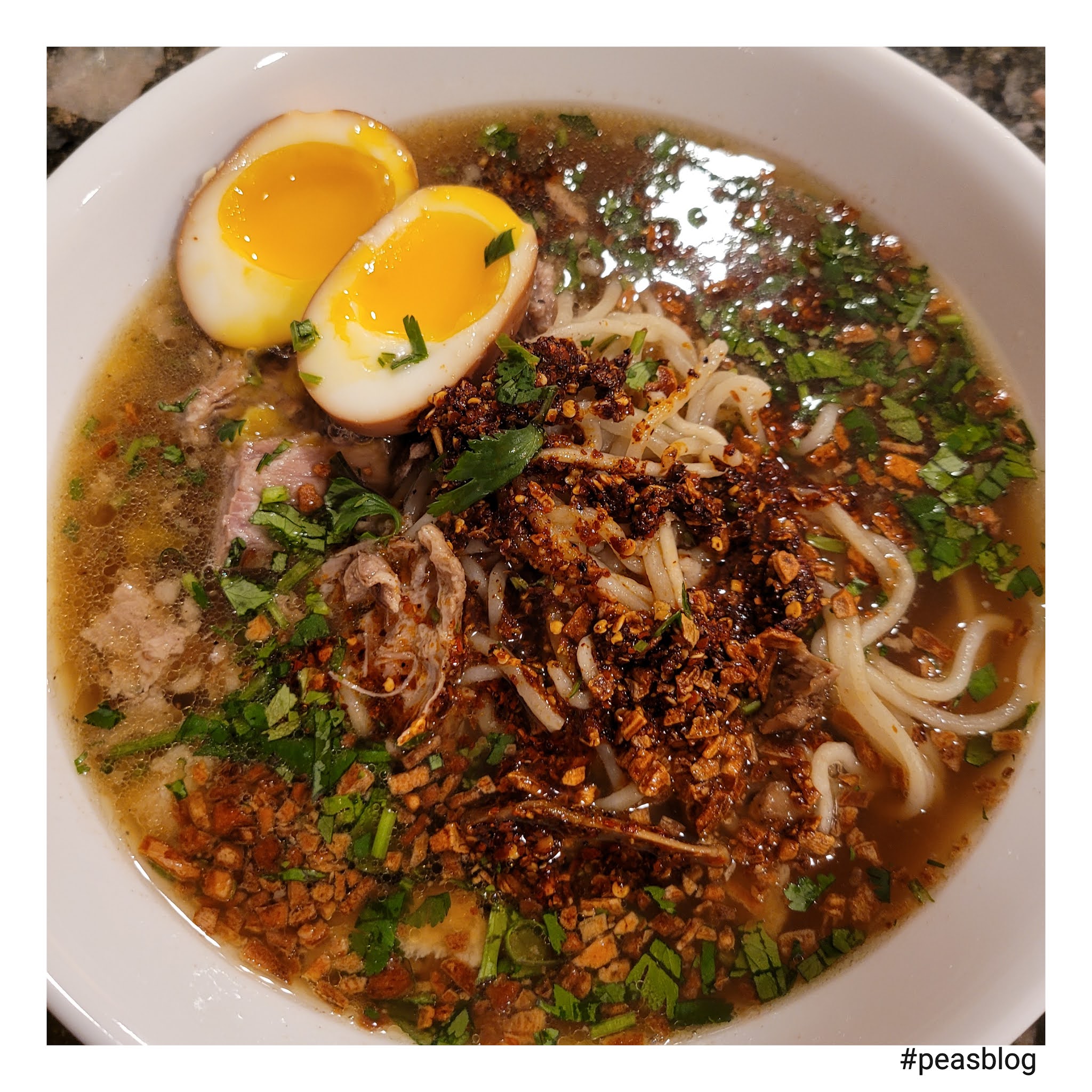Understanding Ramen Noodle Infection: Causes, Symptoms, And Prevention
Ramen noodle infection is a growing concern among food enthusiasts and safety advocates alike. This condition arises from the consumption of contaminated ramen noodles and can lead to serious health issues. As ramen noodles continue to gain popularity worldwide, it’s essential to understand the causes, symptoms, and preventive measures related to this infection. In this article, we will explore the intricacies of ramen noodle infections, providing you with expert insights and actionable tips to safeguard your health.
Ramen noodles, a beloved staple in many households, provide a quick and easy meal option. However, the convenience of instant ramen shouldn’t overshadow the importance of food safety. With reported cases of foodborne illnesses linked to ramen noodles, awareness about proper cooking methods and storage practices is crucial. This article aims to equip you with knowledge that can help you avoid potential health risks associated with ramen noodle consumption.
As we delve deeper into the topic of ramen noodle infection, we will discuss various aspects including its symptoms, potential contaminants, and effective prevention strategies. Whether you are a ramen aficionado or a casual consumer, understanding these factors can significantly impact your health and well-being.
Table of Contents
- What is Ramen Noodle Infection?
- Causes of Ramen Noodle Infection
- Symptoms of Ramen Noodle Infection
- Who is at Risk?
- Prevention Tips
- Treatment Options
- When to See a Doctor
- Conclusion
What is Ramen Noodle Infection?
Ramen noodle infection refers to gastrointestinal illnesses caused by consuming ramen noodles contaminated with harmful pathogens. These pathogens may include bacteria, viruses, or parasites that can lead to foodborne diseases. The infection can manifest in various forms, often resulting in discomfort and serious health implications.
Understanding the Contaminants
Common contaminants that can lead to ramen noodle infections include:
- Salmonella: Often found in undercooked or contaminated eggs and poultry.
- E. coli: Can be present in contaminated water or unwashed vegetables.
- Norovirus: Highly contagious virus often linked to contaminated food or surfaces.
Causes of Ramen Noodle Infection
Several factors can contribute to the occurrence of ramen noodle infections. Understanding these causes can help in mitigating risks.
Contamination during Production
Ramen noodles can become contaminated during the manufacturing process. If safety protocols are not followed, pathogens can enter the production line.
Improper Cooking and Storage
Inadequate cooking or improper storage of ramen noodles can lead to bacterial growth. It is crucial to cook noodles at the recommended temperature and store leftovers correctly.
Symptoms of Ramen Noodle Infection
The symptoms of ramen noodle infection can vary depending on the type of pathogen involved. Common symptoms include:
- Nausea and vomiting
- Diarrhea
- Abdominal pain
- Fever
- Headaches
Duration of Symptoms
Symptoms typically appear within hours to days after consumption of contaminated noodles and can last from a few days to a week, depending on the severity of the infection.
Who is at Risk?
While anyone can contract a ramen noodle infection, certain populations are at higher risk:
- Young children
- Elderly individuals
- Pregnant women
- Individuals with weakened immune systems
Prevention Tips
To reduce the risk of ramen noodle infection, consider the following prevention tips:
- Always cook ramen noodles according to package instructions.
- Wash hands thoroughly before cooking and eating.
- Store leftover noodles in airtight containers and refrigerate promptly.
- Avoid cross-contamination by using separate utensils for raw and cooked foods.
Treatment Options
Treatment for ramen noodle infections typically focuses on relieving symptoms. In mild cases, over-the-counter medications can help manage discomfort.
Hydration
It is essential to stay hydrated, especially if experiencing diarrhea or vomiting. Drinking clear fluids or oral rehydration solutions can help replenish lost fluids.
Medical Intervention
In more severe cases, medical intervention may be necessary. Doctors may prescribe antibiotics if a bacterial infection is diagnosed.
When to See a Doctor
Seek medical attention if you experience:
- Persistent vomiting
- Severe abdominal pain
- High fever (over 101°F or 38.3°C)
- Signs of dehydration (dry mouth, dizziness)
Conclusion
In summary, ramen noodle infection is a serious concern that can lead to various gastrointestinal issues. By understanding the causes, symptoms, and prevention methods, individuals can take proactive steps to protect their health. Always prioritize food safety when preparing and consuming ramen noodles. If you found this article helpful, consider sharing it with friends or leaving a comment below. Stay informed and stay safe!
References
1. Centers for Disease Control and Prevention (CDC) - Food Safety
2. World Health Organization (WHO) - Foodborne Diseases
3. Food and Drug Administration (FDA) - Food Safety Modernization Act
Thank you for reading! We hope you found this information useful. Don't hesitate to return for more articles on health and safety.
Briialexia OnlyFans: The Rise Of A Social Media Sensation
Buldak Ramen Recall Listeria: What You Need To Know
What Ramen Noodles Are Recalled In 2024?


